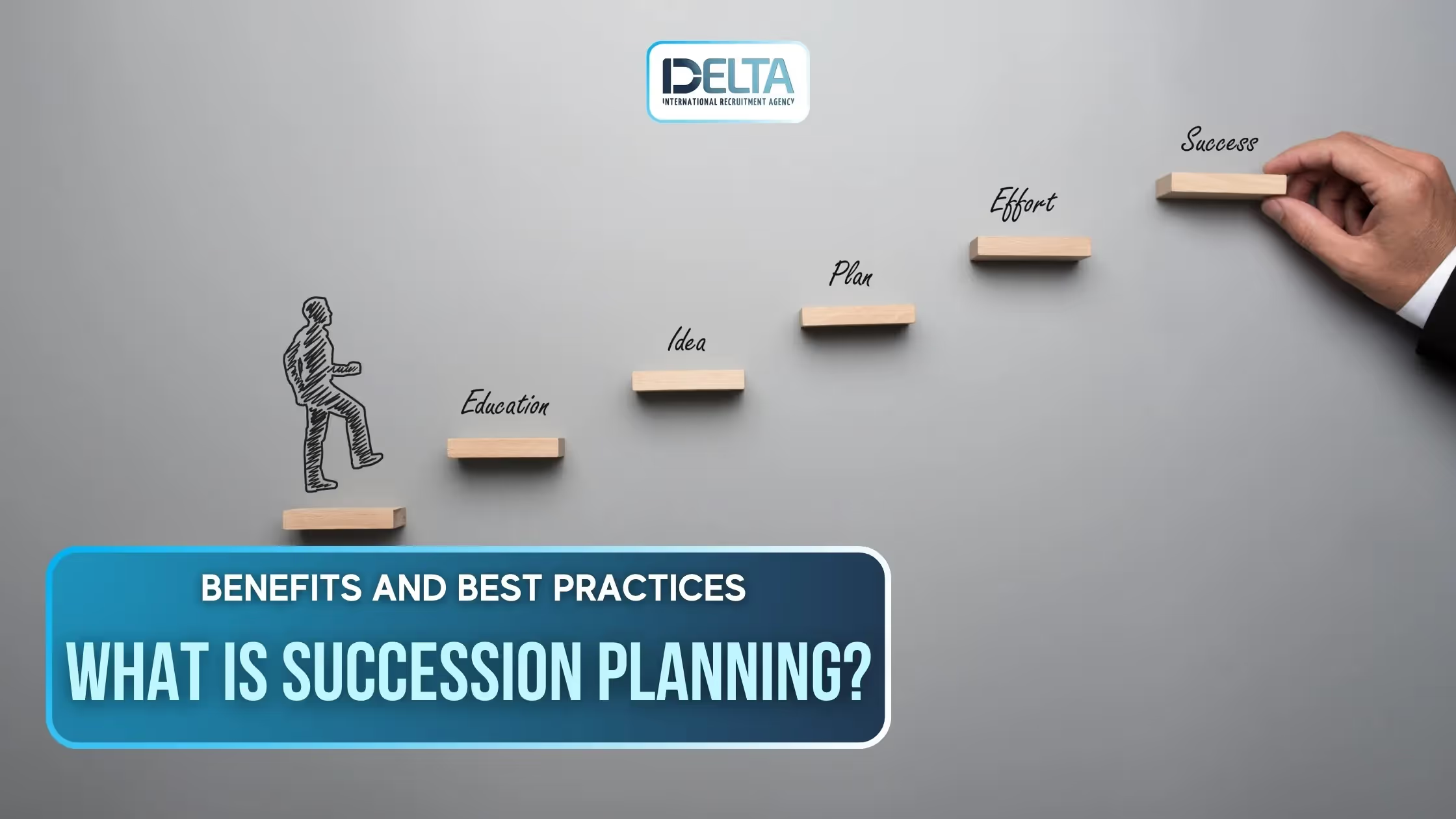Have you ever wondered how organizations ensure a smooth transition of leadership when key personnel leave? This is where succession planning comes into play. In the realm of recruitment, effective succession planning is crucial for identifying and developing future leaders who can step into critical roles. This blog will explore the definition of succession planning, its benefits, and best practices to implement it successfully.
Understanding Succession Planning
Succession planning is the strategic process of identifying and developing internal personnel to fill key leadership positions within an organization. This proactive approach not only prepares the organization for unexpected departures but also fosters a culture of growth and development.
Importance of Succession Planning in Recruitment
- Talent Identification: Effective succession planning helps organizations identify high-potential employees early on, allowing them to nurture talent for future leadership roles.
- Risk Mitigation: By having a succession plan in place, organizations can minimize disruptions caused by sudden leadership changes, ensuring continuity in operations.
- Organizational Stability: A well-structured succession plan promotes stability by preparing successors to take over seamlessly, thus maintaining the organization’s strategic direction.
Benefits of Succession Planning
Implementing a robust succession planning strategy can yield numerous benefits for organizations:
- Enhanced Employee Engagement: When employees see clear pathways for advancement, they are more likely to remain committed and motivated, reducing turnover rates.
- Leadership Development: Succession planning serves as a platform for identifying and nurturing future leaders, ensuring that the organization has a skilled talent pool ready to step up when needed.
- Improved Organizational Performance: By preparing employees for leadership roles, organizations can enhance overall performance, leading to better decision-making and adaptability.
- Positive Organizational Culture: A focus on succession planning fosters a culture of learning and growth, which can significantly boost employee morale and satisfaction.
- Continuity and Stability: With a clear succession plan, organizations can mitigate the risks associated with sudden leadership changes, ensuring that operations continue smoothly.
Best Practices for Effective Succession Planning
To maximize the benefits of succession planning, organizations should consider the following best practices:
Start Early
Succession planning should be an ongoing process rather than a reactive measure. Organizations should begin identifying potential leaders well in advance to ensure a robust pipeline of talent.
Engage Leadership
Involve senior leadership in the succession planning process. Their insights and commitment are crucial for identifying key roles and potential successors.
Assess Talent Regularly
Regularly evaluate the skills and potential of employees to ensure that the succession plan remains relevant. This can be achieved through performance reviews and development programs.
Provide Development Opportunities
Offer targeted training and development programs to prepare identified successors for their future roles. This could include mentorship, coaching, and leadership training.
Foster Open Communication
Maintain transparent communication about succession planning within the organization. This helps normalize the process and encourages employees to engage in their own development.
Conclusion
In conclusion, succession planning is a vital component of organizational strategy, particularly in recruitment. By identifying and developing future leaders, organizations can ensure continuity, stability, and enhanced performance. Implementing best practices in succession planning not only prepares the organization for leadership transitions but also fosters a culture of growth and development, ultimately benefiting both employees and the organization as a whole.
By prioritizing succession planning, organizations can navigate the complexities of leadership changes with confidence, ensuring they are well-equipped for the future.




























